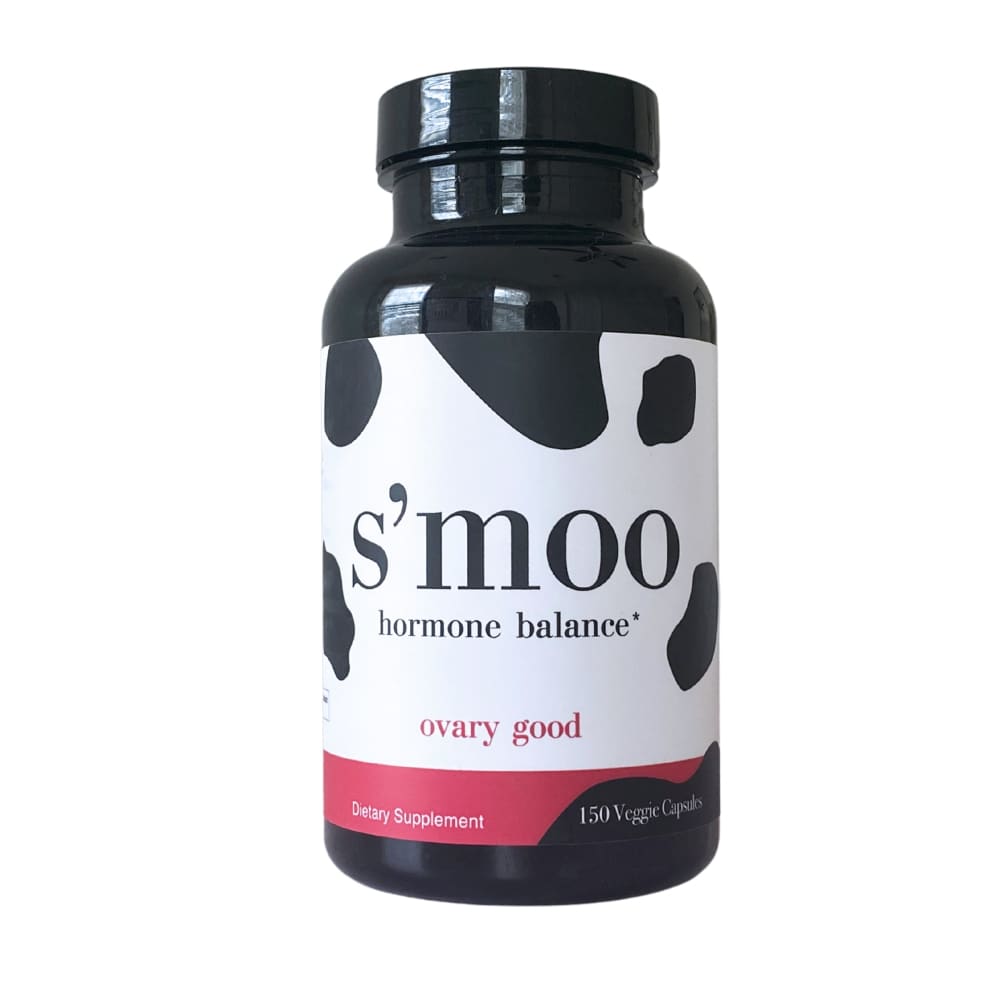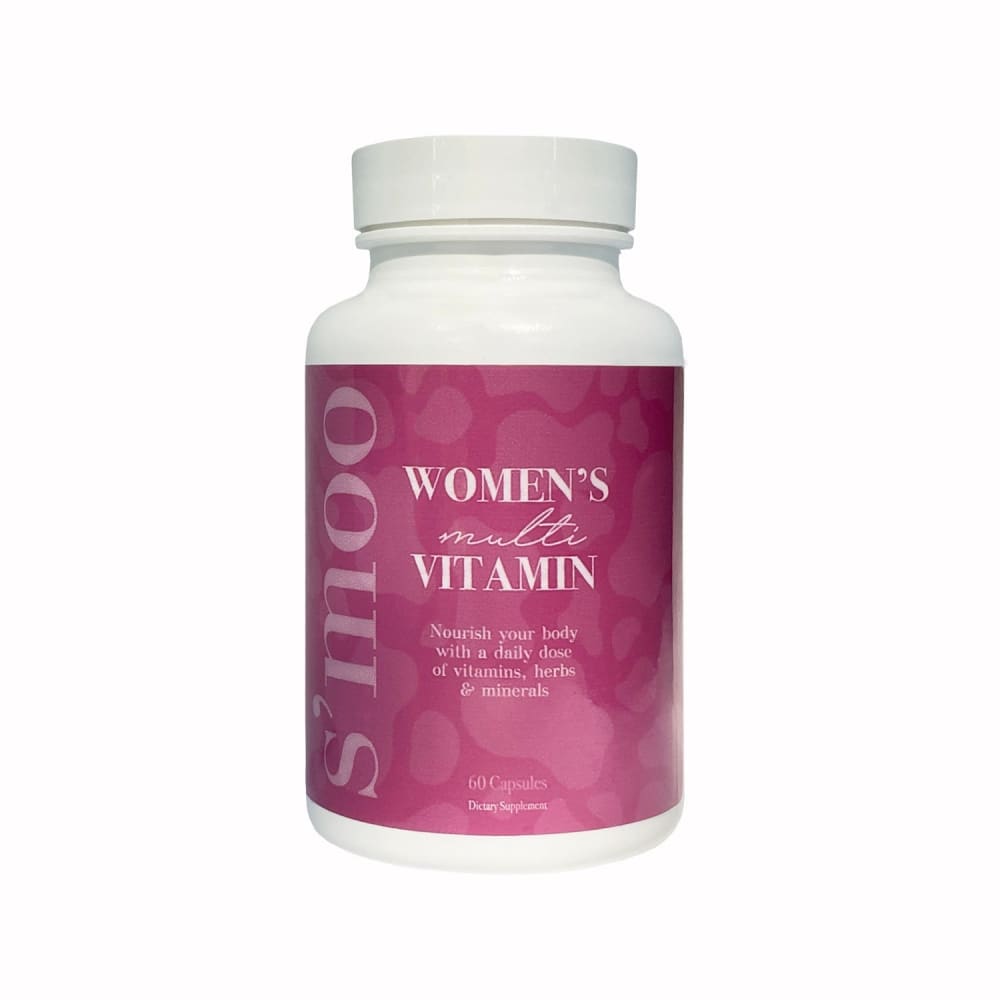Eat the Rainbow: A Guide to Eating the Rainbow for Optimal Health
Scrolling through Instagram or thumbing through your favorite cookbooks, it's hard to miss the eye-catching display of colorful fruits and vegetables. These bright and diverse plates not only look appealing but also hint at their high nutritional value. In fact, the colors in these foods signify a wealth of nutrients crucial for maintaining good health.
The Benefits of Phytonutrients
Richly colored plant-based foods are loaded with fiber, vitamins, minerals, and especially phytonutrients. These compounds naturally protect plants from environmental threats, and they offer substantial health benefits to us as well. Phytonutrients influence cellular structure and function, helping to ward off diseases and keep our bodies functioning optimally.
The Struggle for a Colorful Plate
Despite widespread knowledge about the benefits of fruits and vegetables, many of us don't eat enough of them. When our meals are filled with predominantly white, brown, or yellow foods – often processed or overcooked – we miss out on the powerful phytonutrients our bodies need to thrive.
Highlighting Key Phytonutrients and Their Sources
Let's explore some essential phytonutrients and where to find them:
- Carotenoids (e.g., beta-carotene, lutein): Found in yellow, orange, and red produce like carrots, tomatoes, and watermelon, these act as antioxidants that protect cells from free radicals.
- Ellagic Acid: Present in berries and nuts, it offers cancer protection and anti-inflammatory benefits.
- Glucosinolates: Found in cruciferous vegetables like broccoli and kale, they help limit cancer growth.
- Polyphenols (e.g., flavonoids, phenolic acids): Available in apples, onions, and red cabbage, they reduce chronic disease risks.
- Resveratrol: Found in grapes and wine, it provides antioxidant and anti-inflammatory benefits, potentially reducing heart disease risk.
The Advantages of a Colorful Diet
Incorporating a variety of brightly colored plant foods into your diet can lead to numerous health benefits:
- Lower Risk of Chronic Diseases: Many phytonutrients have anti-inflammatory properties and are linked to a reduced risk of diseases such as diabetes, cardiovascular disease, and cancer.
- Enhanced Gut Health: Polyphenols in fruits and vegetables support a healthy gut microbiome, which is crucial for immune function.
- More Dietary Variety: A colorful diet keeps meals interesting and encourages trying new foods.
- Boosted Nutrient Intake: Each color in fruits and vegetables offers unique disease-fighting compounds, helping to fill nutritional gaps and promote overall health.
- Better Mental Well-being: Studies show that a diet rich in a variety of fruits and vegetables can enhance happiness, creativity, and cognitive performance.
How to Add More Color to Your Diet
Incorporating more colorful plant-based foods into your meals doesn't mean excluding other nutrients like proteins, fats, or carbs. It’s about ensuring you get a diverse range of phytonutrients to support overall well-being.
- Start Small: Gradually add two or three different colored fruits and vegetables to each meal and at least one to every snack.
- Experiment with Varieties: Try different varieties of the same vegetables, such as purple carrots or cauliflower, to diversify your nutrient intake.
- Seek Help: Ask for advice at the grocery store or farmers' market. Local farmers can offer insights into new produce and how to incorporate them into your diet.
- Get Inspired: Use charts and lists to guide your shopping and meal planning, aiming to bring a colorful array of fruits and vegetables to your table.
Tips for Eating the Rainbow
- Find Community That Shares the Goal: Surround yourself with people who are also committed to a colorful, healthy diet. A supportive community can encourage you to stay on track and make eating well a fun, shared experience.
- Combine Foods for Synergy: Enhance your meals by combining foods that work well together. For instance, pair half a sandwich with avocado to help counteract inflammation caused from the food.
- Consider the Financial Impact: Be strategic with your food choices. Incorporate herbs, spices, and teas, which are cost-effective ways to increase phytonutrient intake. Cultures with high longevity often consume tea and herbs daily, such as green tea or herbal infusions.
- Embrace Dietary/Botanical Diversity: Eating a wide variety of foods helps build a resilient body. A diverse diet leads to a diverse microbiome, which strengthens your immune system and enhances your stress response.
- Track Your Colors: Take photos of your meals and use them to assess the variety of colors on your plate. Think of your plate as a canvas. You can also use a "Color Bingo" approach, marking off colors as you eat them throughout the day.
- Plan Your Shopping List: Be proactive by adding specific colorful foods to your shopping list. For example, decide in advance to buy eggplant, red peppers, and green beans to ensure you're eating the rainbow.
Shop the Rainbow
Here’s a handy guide to help you shop for a diverse array of fruits and vegetables:
Red: Anti-Inflammatory
- Benefits: Increasing or reducing inflammation, healthy stress response, immune response.
- Phytonutrients: Anthocyanins, lycopene
-
Sources and Specific Benefits:
- Tomatoes: Contain lycopene and other antioxidants; even tomato juice can reduce inflammation. Lycopene is linked to cardiovascular and prostate health.
- Red Apples: The skin contains special compounds and the flesh has quercetin, which is anti-inflammatory and anti-allergy.
- Beets: High in nitrates that help blood vessels open wide, beets or beet juice can reduce inflammation.
- Cherries: Contain melatonin and are used for gout and insomnia. They also have anti-inflammatory properties.
- Strawberries: Rich in phytonutrients like fisetin, they can help reduce meal-related inflammation. Always buy organic to avoid pesticide residues.
Orange: Reproductive Health/Fat Tissue
- Benefits: Protective and healthful for reproductive health. Beta-carotene and carotenoids are especially beneficial.
- Phytonutrients: Beta-carotene, bioflavonoids
-
Sources and Specific Benefits:
- Oranges: Help reduce inflammation in endometriosis and other reproductive issues.
- Tangerines, Carrots, Sweet Potatoes, Mangoes: These are rich in beta-carotene and carotenoids which support overall reproductive health.
Yellow: Digestion
- Benefits: Enhances digestion, boosts serotonin levels, and supports overall gut health.
- Phytonutrients: Prebiotics, probiotics
-
Sources and Specific Benefits:
- Pineapple: Contains digestive enzymes.
- Lemons: Bioflavonoids help the liver detoxify the body.
- Ginger: Aids digestion.
- Plantains & Bananas: Provide prebiotics that help establish a healthier gut.
Green: Heart Health/Circulation
- Benefits: Supports heart health and circulation.
- Phytonutrients: Chlorophyll, folate, magnesium
-
Sources and Specific Benefits:
- Spinach, Avocados, Kale, Sprouts, Broccoli: High in folates that aid methylation and chlorophyll, a potent antioxidant.
- Magnesium: Helps relax blood vessels.
- Vitamin K1: Found in leafy greens, important for blood coagulation.
Blue/Purple: Brain Health
- Benefits: Supports brain health, mood, and memory.
- Phytonutrients: Flavonoids, proanthocyanidins
-
Sources and Specific Benefits:
- Blueberries: Well-studied for brain health and mood enhancement.
- Purple Potatoes: High in nutrients and have a lower blood sugar response.
- Resveratrol: Found in grapes and associated with better mood, learning, and memory. Drinking Concord grape juice has similar benefits.
Emphasizing the importance of eating a colorful diet offers a simple and accessible strategy to boost your intake of vital phytonutrients. By being intentional about your food choices, you can fill your plate with a variety of colors and, in turn, support your health in myriad ways. Enjoy the vibrant bounty that nature has to offer!
Helpful Resources:
Organic, Quality Groceries: Azure Standard
How I Check Food Ingredients: Yuka App
Community Supported Agriculture: Find a CSA Near You
Become a Health Coach & Learn More: Institute of Integrative Nutrition










